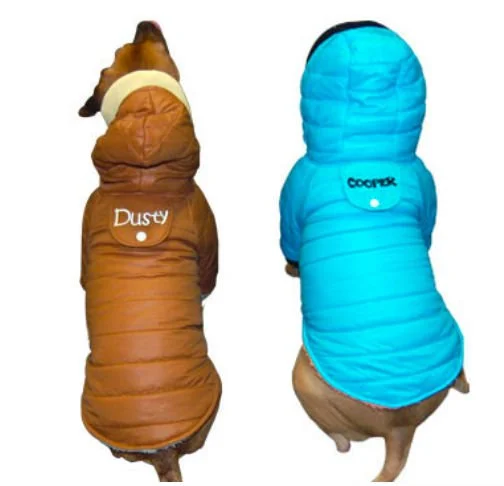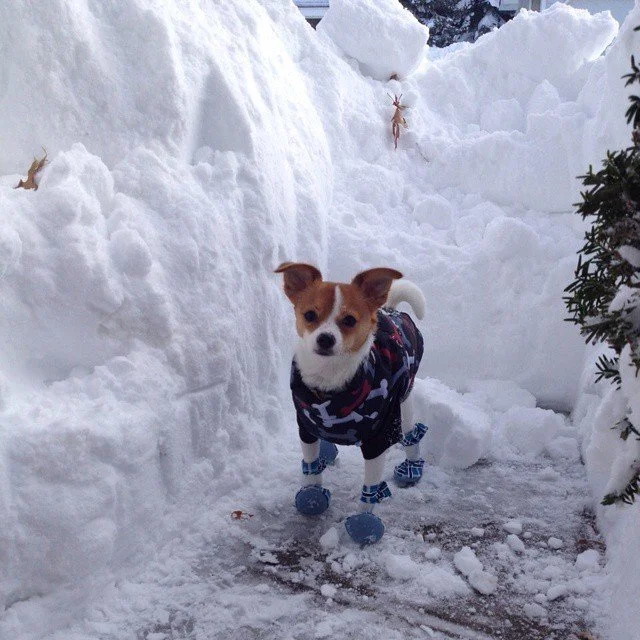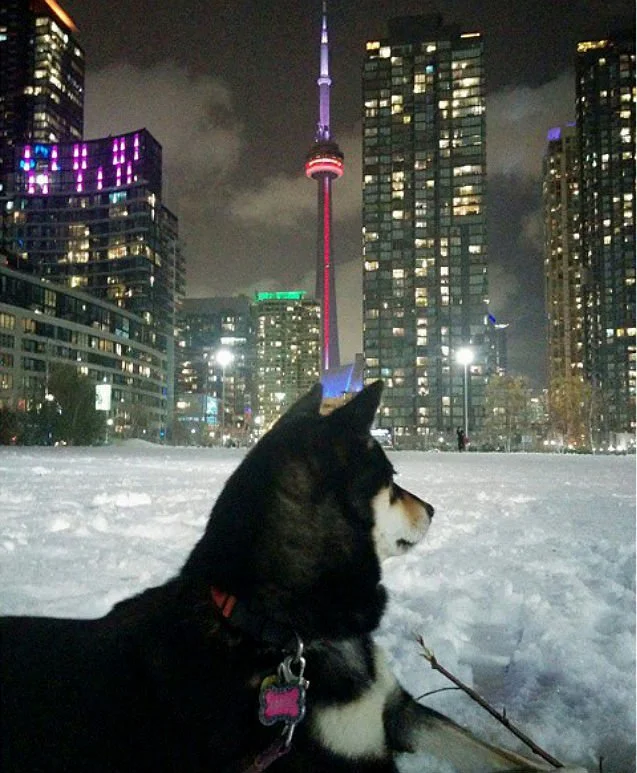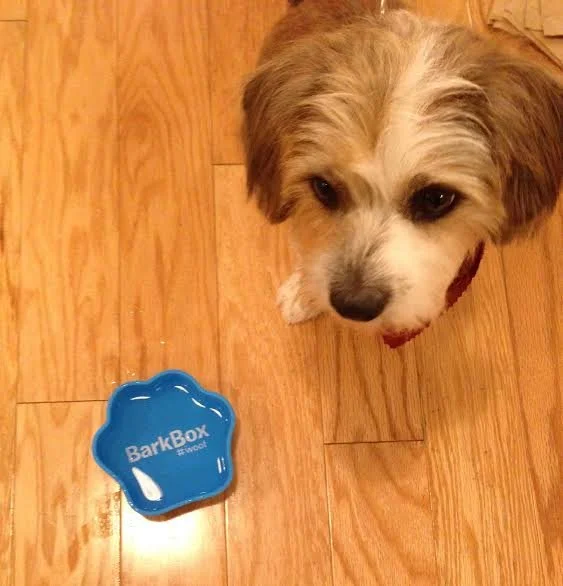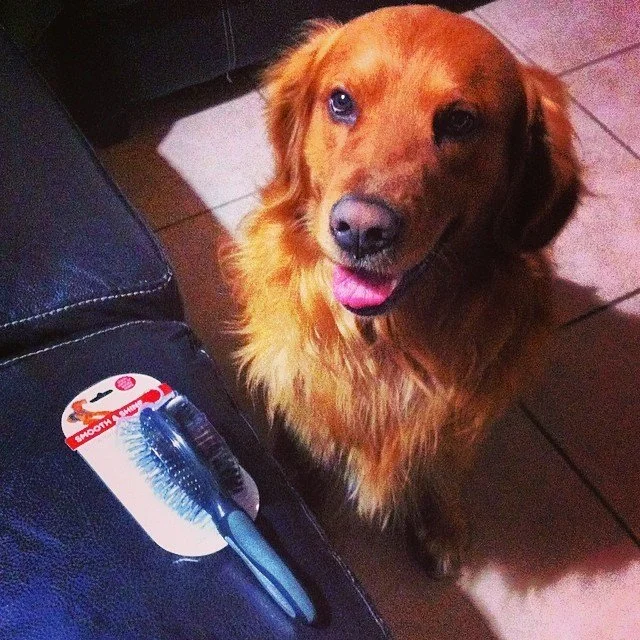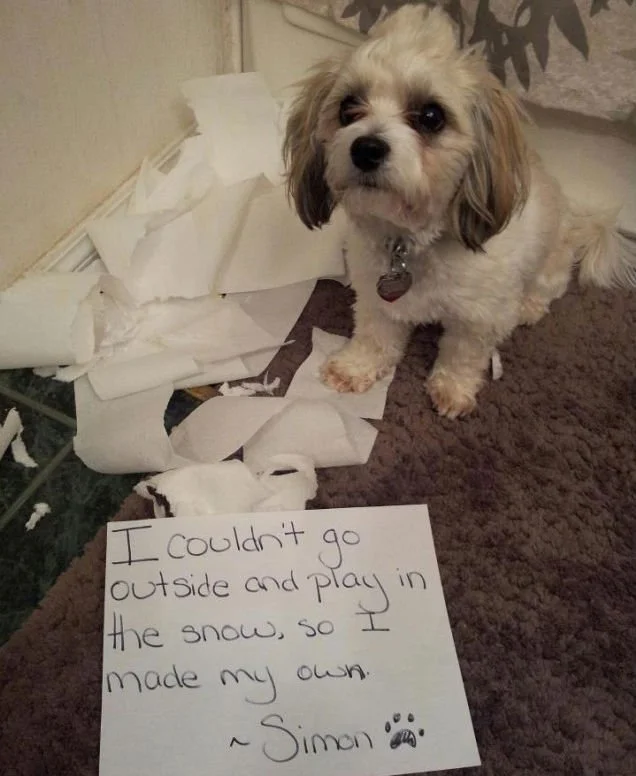12. Learn about your breed. Some dogs require more care than others during the winter depending on their breed.
Find out your dog's specific needs.If you would like more information about winter care for your dogs, you can bone up at the websites for the ASPCA, the American Kennel Club, or DogChat.



